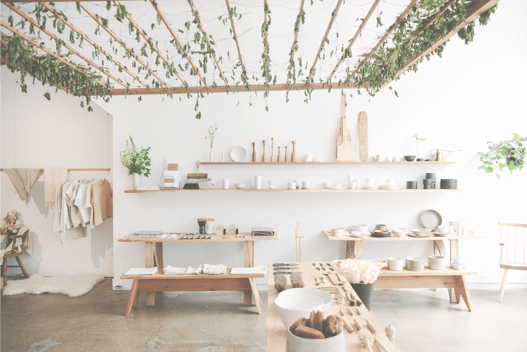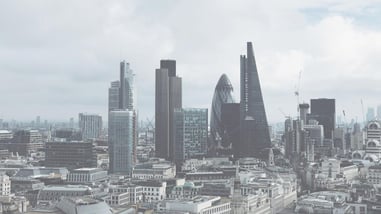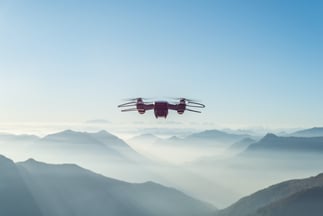How IoT can transform the retail industry
After months of enforced closures, retailers across the country are now beginning to reopen their spaces for the return of business. As they do, it is essential for them to ensure that they are providing a safe and healthy environment for employees and customers alike.
Retailers are being compelled to adjust the way in which they operate to enable effective social distancing and sanitation, whilst still providing a positive customer experience.
IoT has emerged as a key technology to optimise operations, increase efficiencies, and ensure that health and safety regulations are complied with. It is no longer a technology of the future, but a tool which can help retailers right now to adjust to a new world of business, and come back stronger than ever before.
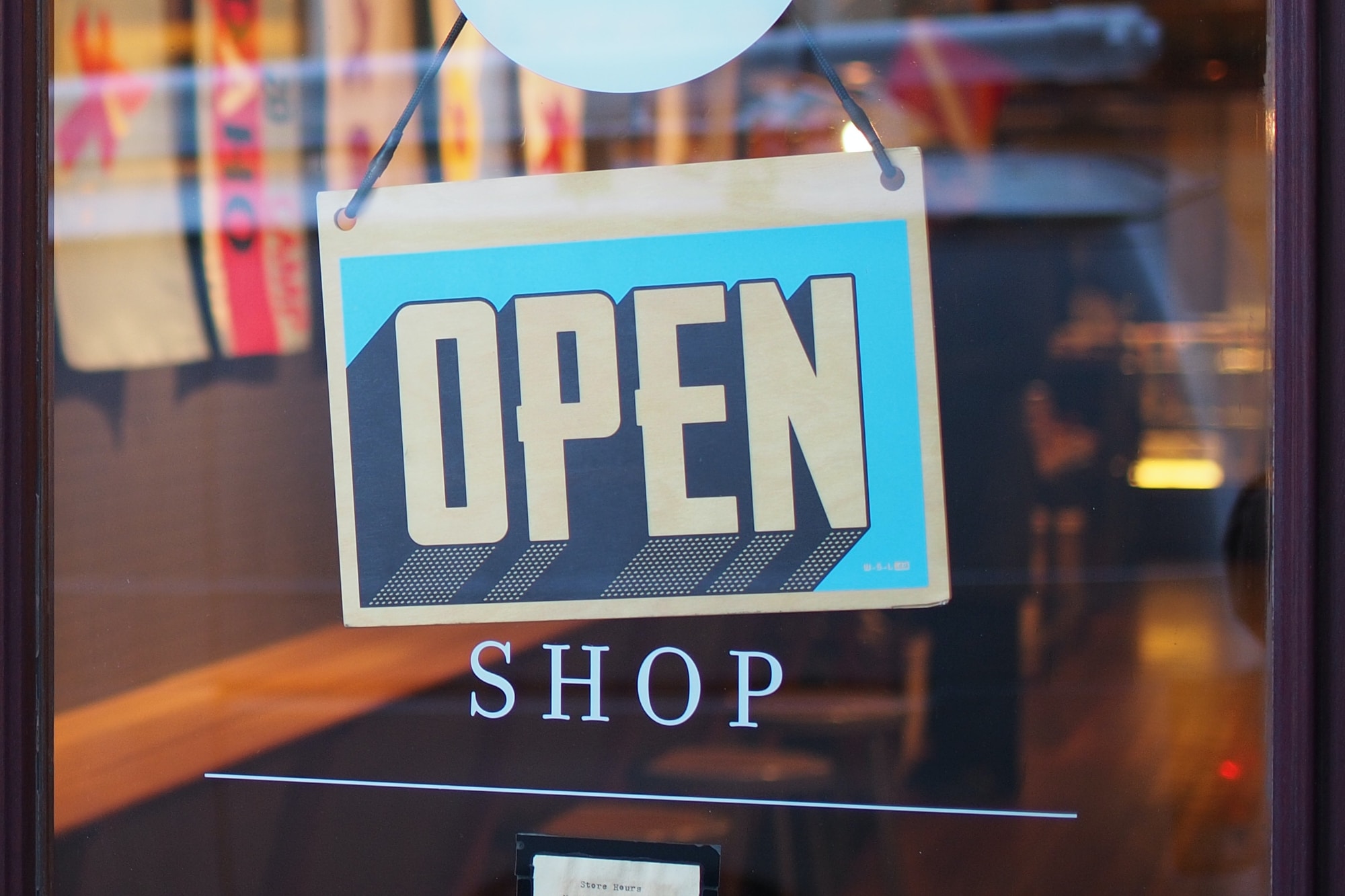
What is IoT in retail?
IoT (Internet of Things) is the network of objects that talk to each other and share data over the internet. IoT can be used in retail to improve the shopping experience for consumers. This could mean tracking footfall, linking sales tablets to e-commerce sites or to the tills, or connecting a mobile device to a dynamic store window.
Remote warehouse management
Warehouses require monitoring to ensure the security and integrity of retail inventories. Historically, this has been carried out manually, involving physically adjusting conditions such as humidity to ensure products are stored in optimal conditions. Under new guidelines, retailers will need to find ways to limit unnecessary employee traffic that may exacerbate the risk of spreading COVID-19, whilst still protecting their products.
IoT sensors can be used throughout warehouses to collect and transmit data on inventory conditions to remote retail staff. Smart sensor technology can help to monitor inventory levels remotely through automated reporting, ensuring that warehouses have sufficient stock to meet any changes in customer demand. These sensors can report on location and motion of goods, to prevent theft or tampering. The temperature and pressure of containers can also be monitored and adjusted remotely, keeping human contact, and the potential spread of germs, to a minimum.
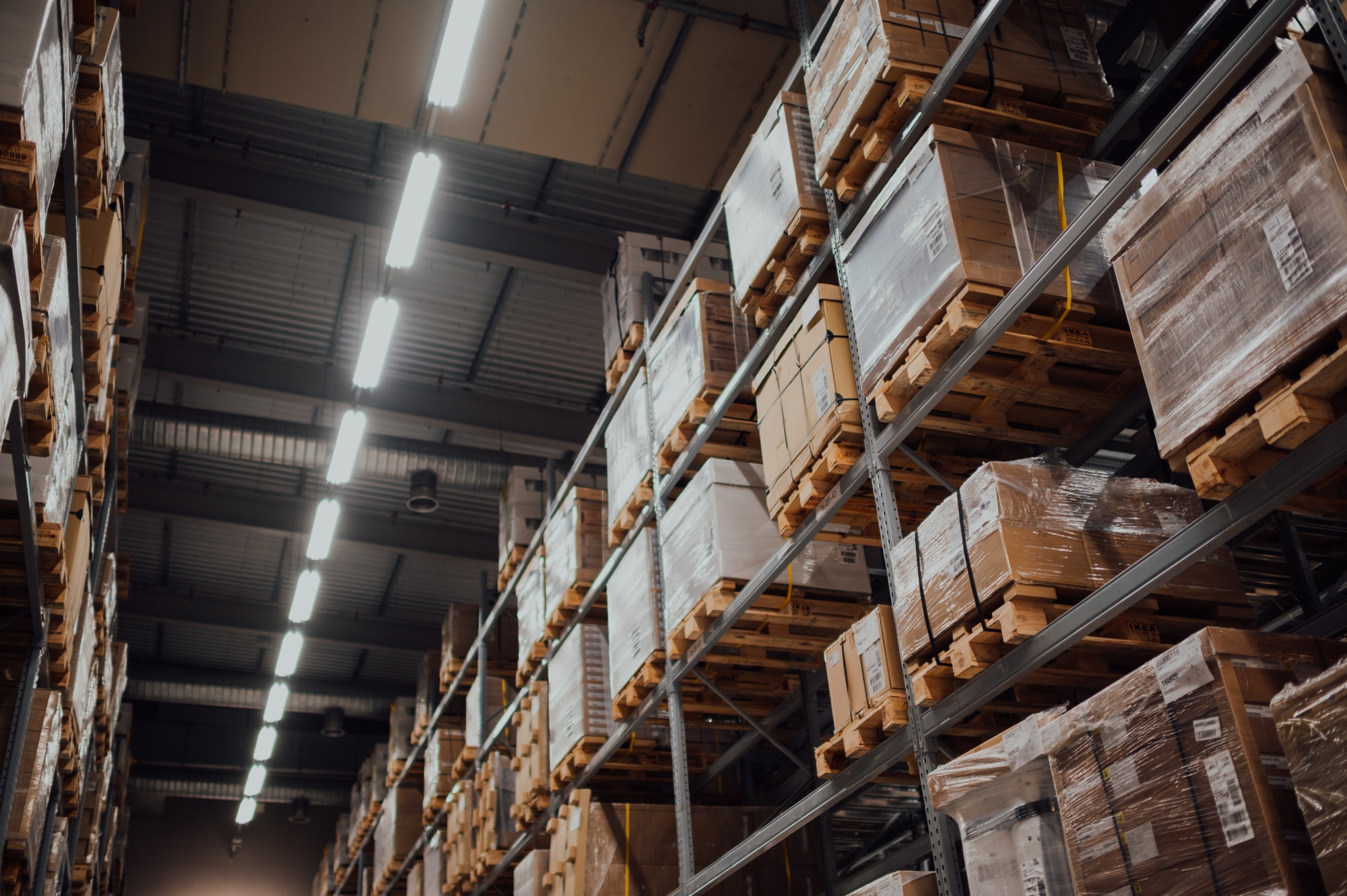
Store capacity monitoring
Retailers also need to consider how they are going to create a safe environment that supports social distancing when they re-open brick-and-mortar stores. New safety guidelines recommend that stores limit the number of customers allowed inside at any one time to 50% or less of their typical occupancy.
Using security staff at entrance and exit points to count shoppers is prone to human error and can lead to breaches of safety regulations. Instead, retailers can use IoT sensors to accurately count the number of shoppers within a store, and receive smart alerts to ensure social distancing is adhered to.
Monitoring occupancy and capacity also goes beyond the immediate health and safety concerns brought about by coronavirus. Going forwards, having access to accurate data regarding footfall will enable retailers to understand peak hours in the day, peak times of the year and average dwell times. This will help them to make valuable decisions about optimal opening and closing times and the correct number of staff required to manage and maintain stores.
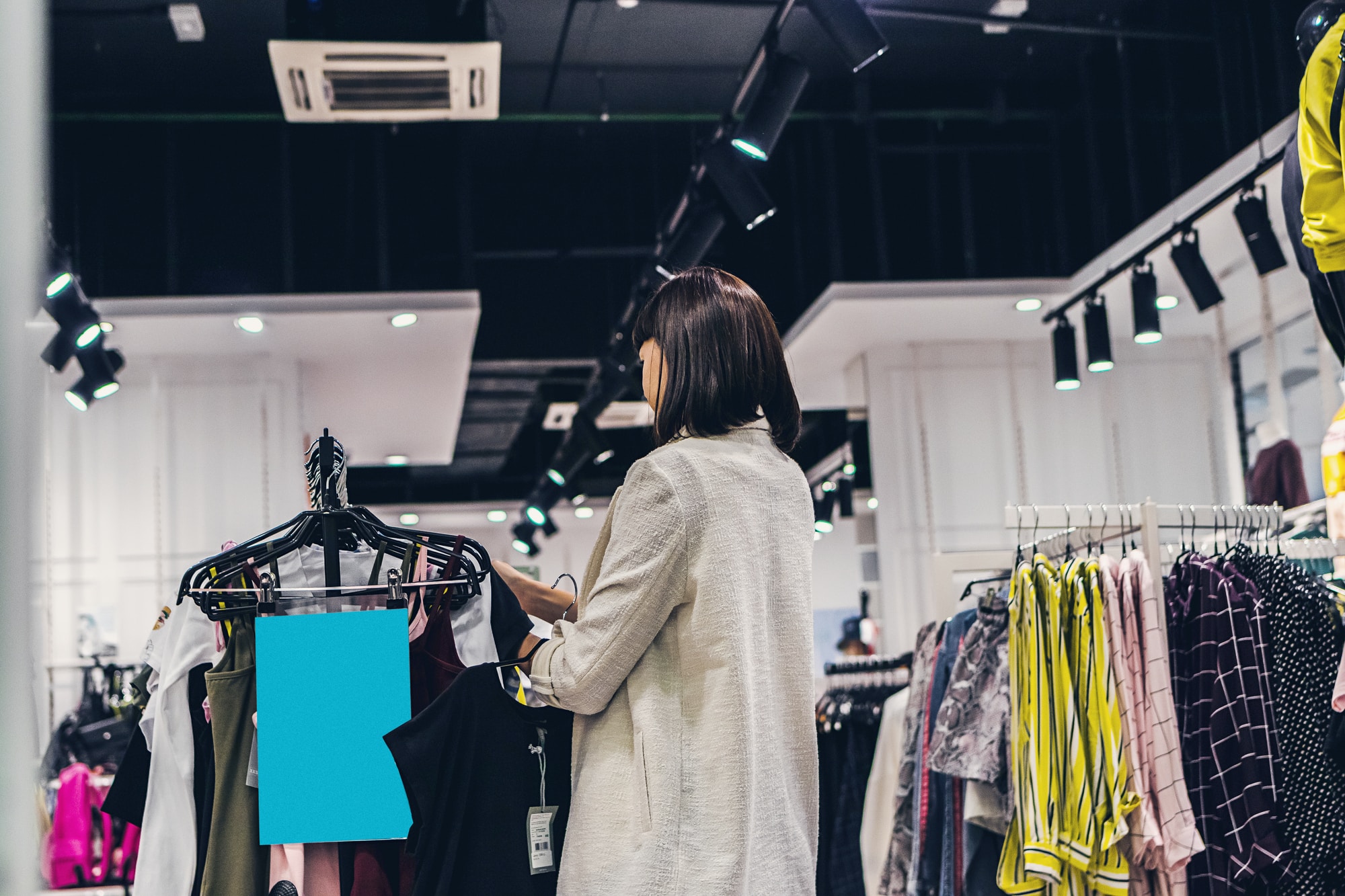
Customer flow and demographics
On a more detailed level, IoT sensors can show retailers which specific areas of their space are occupied or vacant, providing a wide range of insights. Patterns that emerge over time can be used to optimise store layout and avoid bottlenecks.
Retailers can track activity in different zones and aisles to see how long an individual tends to remain in a particular space, allowing improvements to be made to optimise customer experience. Sensor technology can also provide significant insights into a store’s customer demographic, with factors such as age and gender being tracked with an airport-grade level of accuracy.
Smart cleaning schedules
Another important way in which this data can be used is to inform cleaning regimes and schedules. Understanding the areas of the retail space that have been used the most, or perhaps not even used at all, can ensure that cleaning is more focused and effective. A study from The New England Journal of Medicine found that COVID-19 was still detectable on copper for up to 4 hours, on cardboard for up to 24 hours, and on plastic and steel for up to 72 hours.
It’s therefore paramount that surfaces that are frequently touched are cleaned to a high standard. Occupancy data can identify surfaces that both customers and employees regularly come into contact with, such as door handles, and ensure that areas such as these are cleaned frequently throughout the day, thus preventing the risk of transmission and keeping everyone safe.
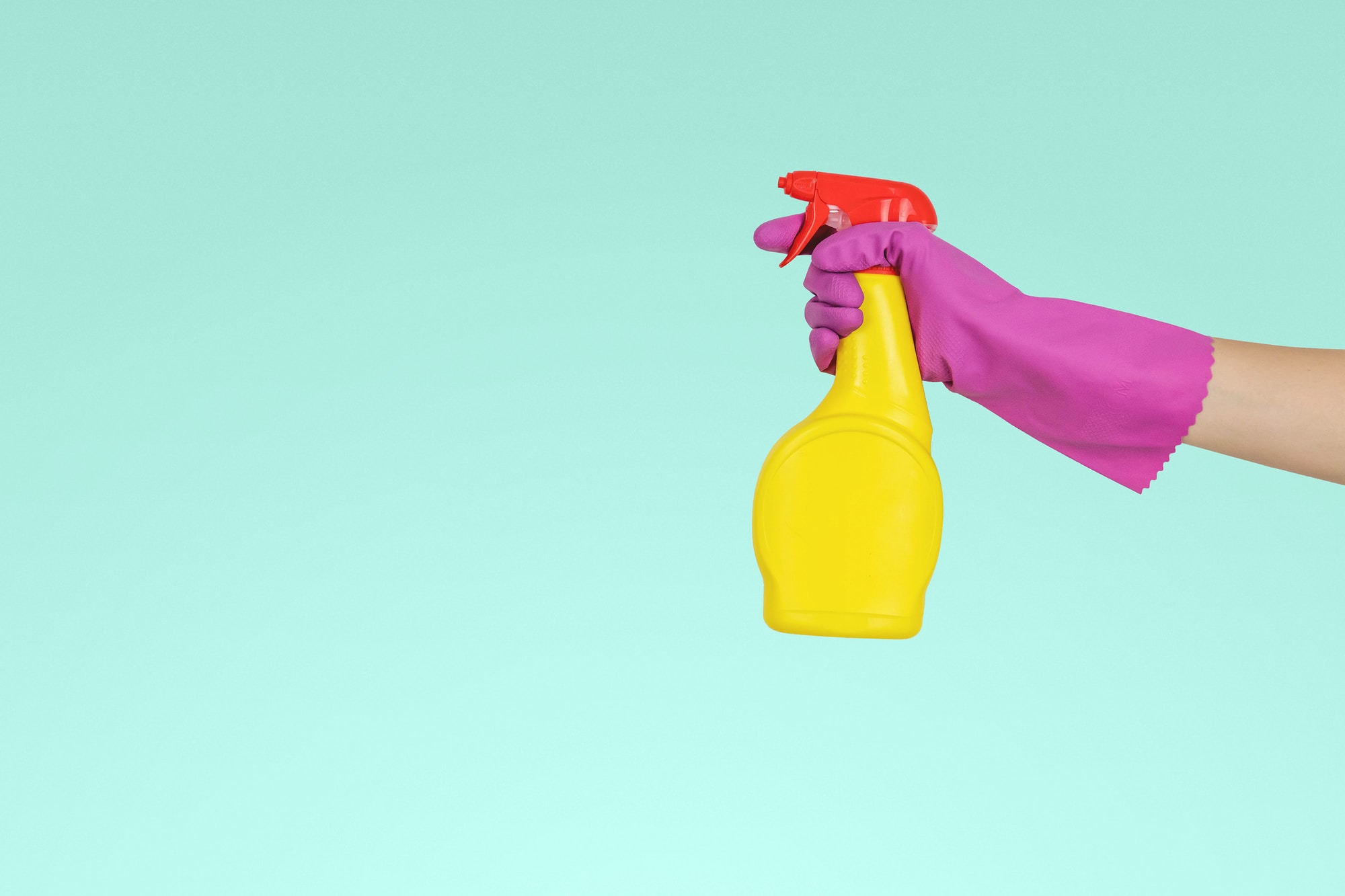
Creating an optimal indoor environment
Ventilation has a pivotal role to play in making retail spaces safe, as increasing the amount of fresh air supplied per person is a vital step to reduce the risk of airborne transmission. By using IoT technology, ventilation can be increased automatically as required through an HVAC system to improve air quality and create a healthier environment for customers and employees alike.
IoT sensors can also be used to keep temperature and humidity at a safe level, which is vital as they can impact the survival rate of viruses by providing more favourable environments for them to survive and spread. Research indicates that maintaining your space’s relative humidity between 40% and 60% can decrease both the bio-burden of infectious particles in your space and the infectivity of many viruses in the air.
Smart alerts can be set up to notify staff when environmental parameters deviate from their optimal zone, and remedial action can be taken automatically via a Building Management System. Environmental monitoring can also help to uncover systemic inefficiencies and reduce energy consumption, leading to significant cost savings as well as a reduction in CO2 emissions.
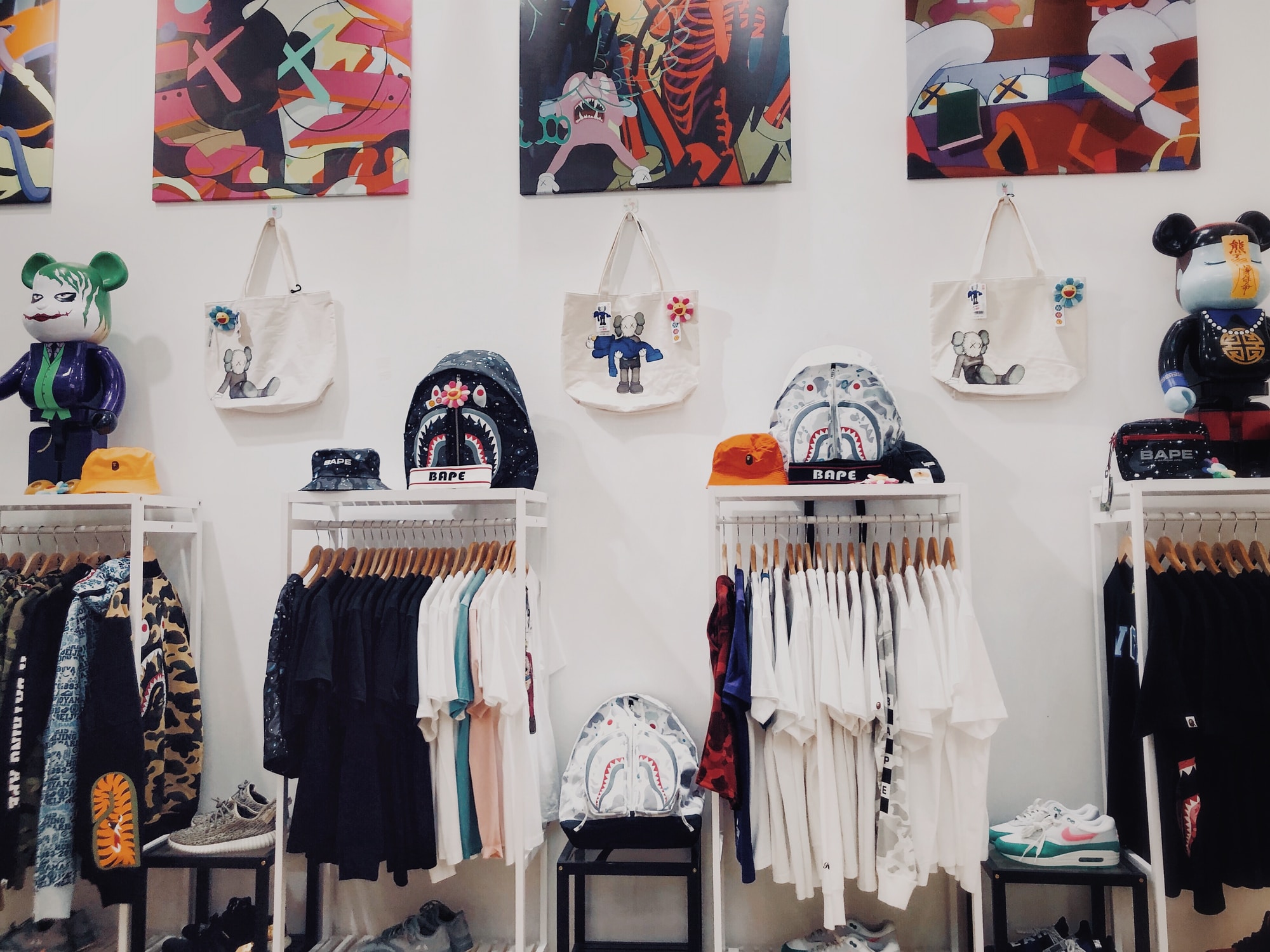
The retail store of the future?
It is clear that IoT can bring a range of benefits to retailers, both in the short term to ensure regulatory compliance, as well as in the long term to improve operational efficiency and customer experience. The retail store of the future will need to adapt quickly and adjust to relentless changes in consumer behaviour, and IoT technologies will be able to facilitate this.

